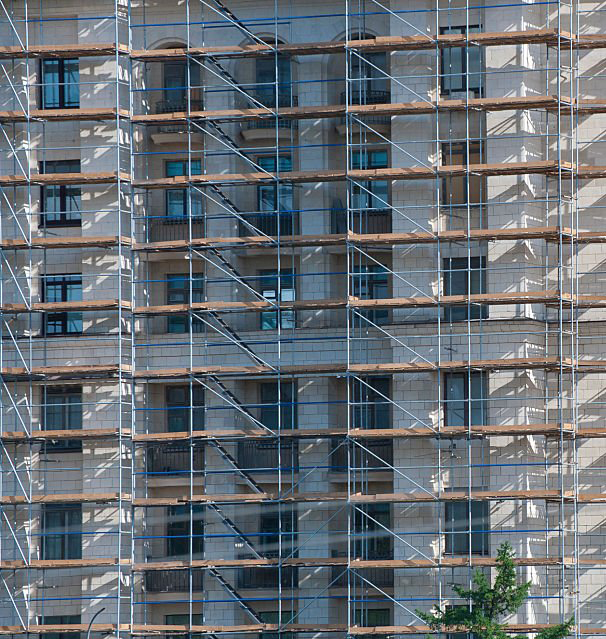Common Facade Cladding Mistakes to Avoid in Modern Construction
Façade cladding plays a crucial role in the aesthetics, performance, and durability of any building. From enhancing thermal insulation to creating a […]

What is Facade Cladding?
Key benefits of façade cladding include:
- Improved thermal and acoustic performance
- Weather resistance and durability
- Enhanced aesthetics and branding opportunities
- Reduced maintenance costs
Common Façade Cladding Mistakes
1. Poor Material Selection
Choosing the wrong material for a specific climate or building type can lead to rapid deterioration, fading, or structural issues. For example, untreated wood in humid regions or low-quality ACP can cause long-term problems.
Cladding materials expand and contract with temperature changes. Without proper ventilation gaps or expansion joints, panels may warp, crack, or detach.
3. Incorrect Installation Techniques
Improper fixing systems or unskilled workmanship often cause water leakage, rattling panels, and premature failure. Precision is critical for cladding performance.
5. Lack of Regular Maintenance
Cladding systems require periodic inspection and cleaning. Ignoring maintenance can reduce lifespan and tarnish the appearance of the façade.
Importance of Expertise in Façade Cladding
- Correct material choice for the environment
- Proper installation techniques and fixing systems
- Long-term durability with weatherproofing solutions
- Compliance with fire, safety, and building codes
Why Avoiding These Mistakes Matters
- Protects the structural integrity of the building
- Saves long-term costs on repairs and replacements
- Enhances sustainability and energy efficiency
- Creates a strong and lasting architectural impression
Conclusion
At Oersted Group, we specialize in façade cladding solutions that combine innovative designs, premium materials, and expert installation. By avoiding common mistakes and following global best practices, we ensure your building façade remains strong, stylish, and sustainable for years to come.